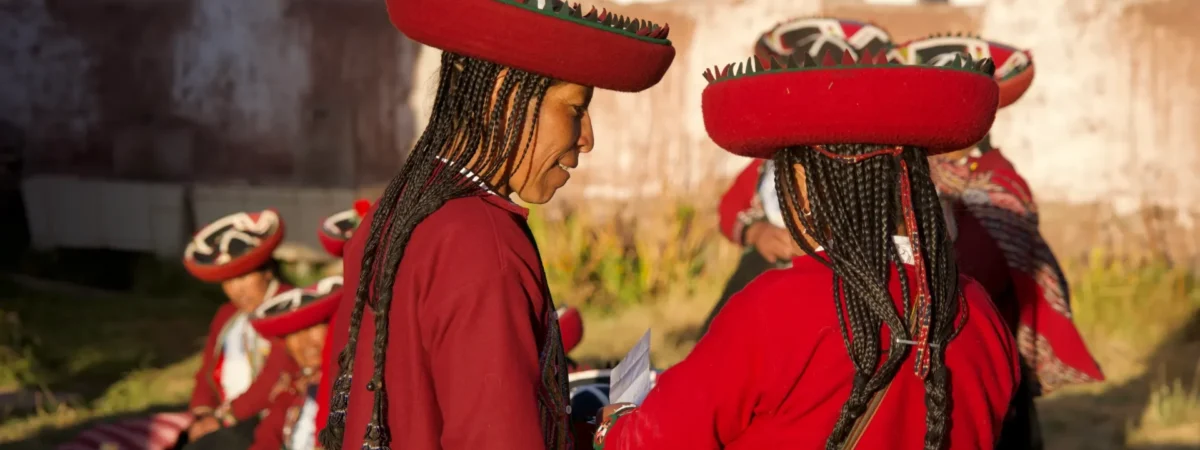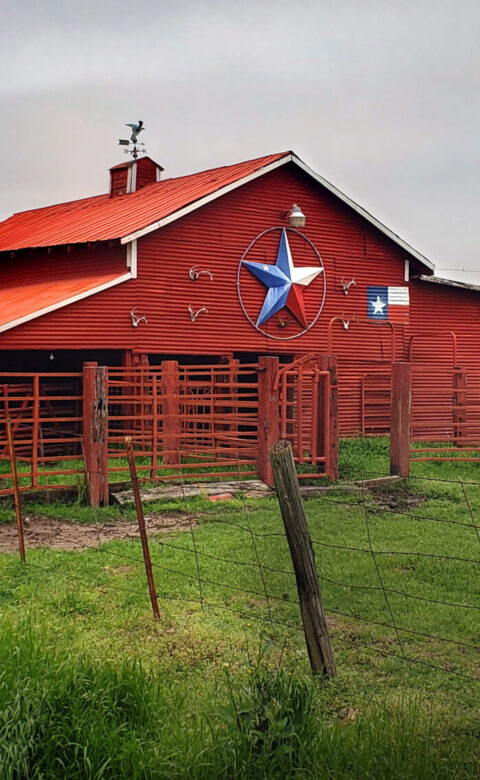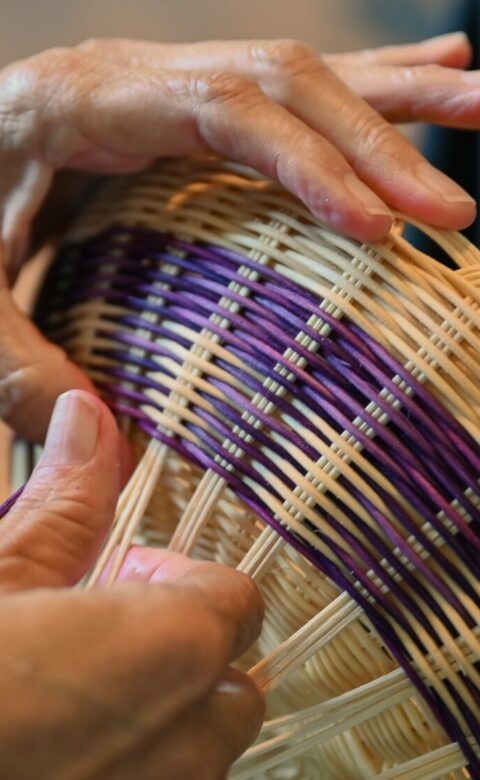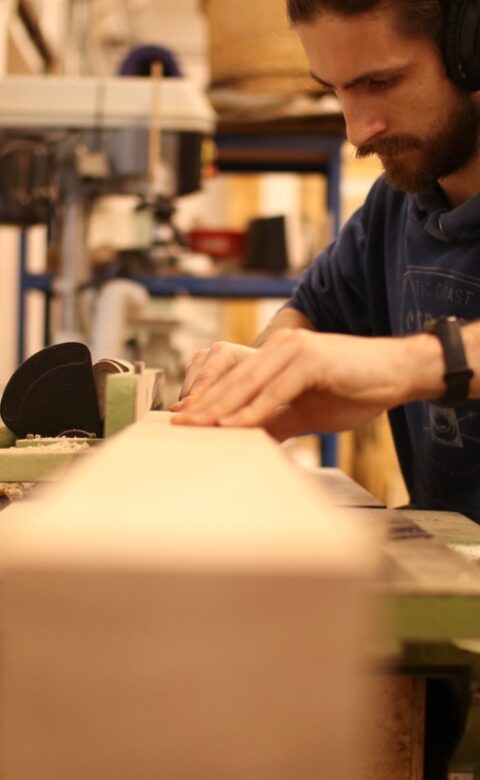“Please, come in and sit,” one of the women from Umasbamba greeted me. I entered a room with a long table and sat next to Mery Calderón, who had invited me to join her for this visit. We’re in a tiny Peruvian village near the town of Chinchero, between Cusco and the Sacred Valley.
Most tourists who come to Cusco and Machu Picchu also visit Chinchero. It’s famous for exquisite and detailed weavings, many of which are made by the women of Umasbamba. The community has been working with tour agencies to bring visitors directly to their village.
A woman placed a plate of potatoes, torrejas, and guinea pig in front of me. Even after five years in Cusco, I haven’t developed a taste for guinea pig but the potatoes and torrejas were delicious. Peruvian torrejas are made with an egg and flour batter mixed with vegetables and fried.
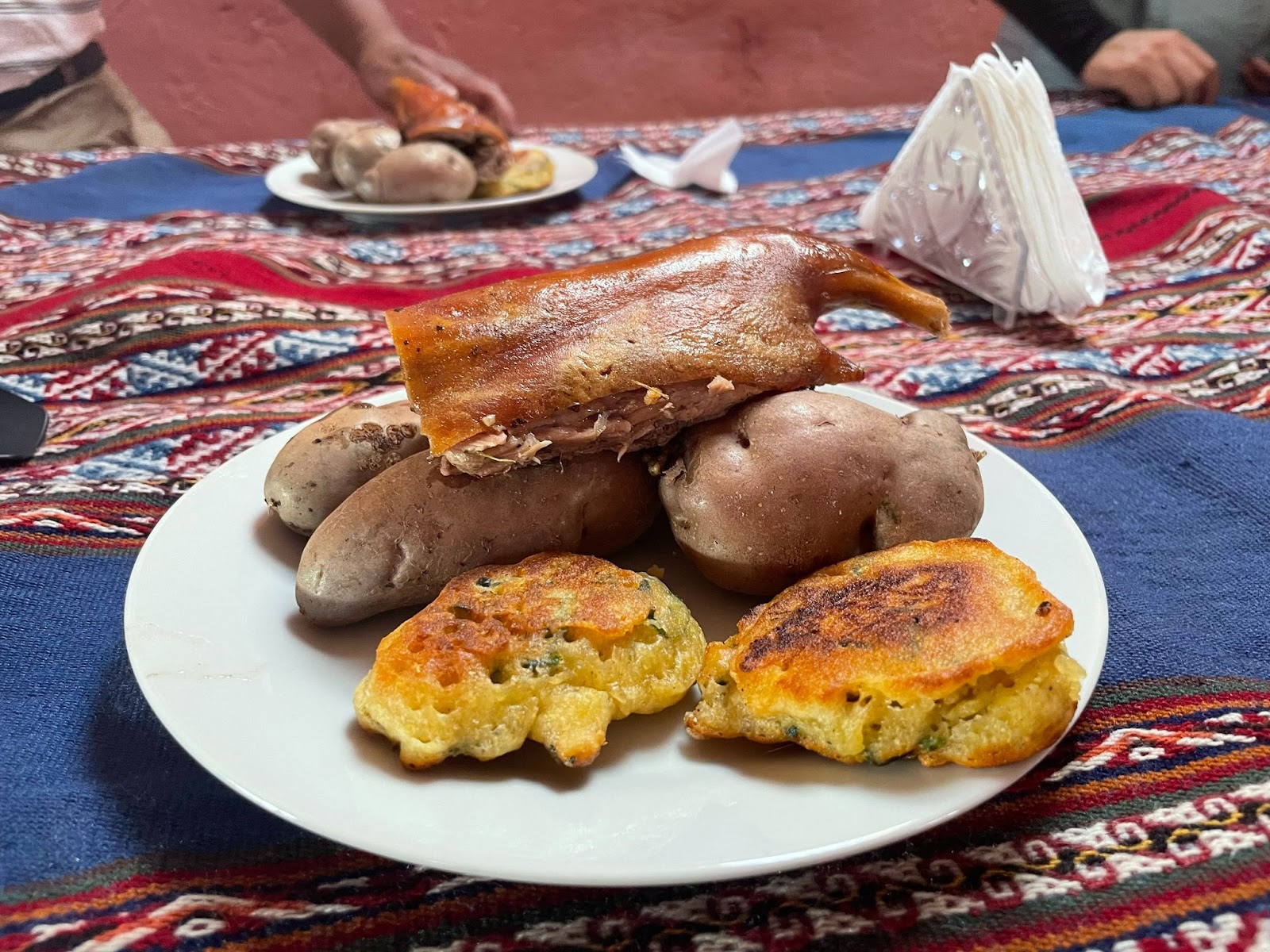
“This is wonderful,” Mery told them in Spanish. She complimented the food and small bouquets of wildflowers on the table.
When we were served tea, Mery suggested that guests be offered a cup as soon as they arrived. Eight women gathered around her, some sitting and some standing. The more she spoke, the more they leaned in. She offered suggestions for welcoming groups of tourists and for ways to express their culture.
“When a guide is translating your Quechua for the tourists, don’t look at the guide. Make eye contact with your guests. Smile at them and show that you’re speaking to them.” Mery looked around the group as she spoke, catching each woman’s eye and smiling encouragingly. She praised the progress she’s seen in their work with tourism and suggested more ways for them to connect with travellers on a personal level.
For almost twenty years, the women of Umasbamba have worked hard to develop a homestay program in their village, and to keep their traditional weaving skills alive for themselves and for visitors.

Mery has been with them every step of the way, coaching and guiding them, sharing her expertise as a Peruvian woman who works in tourism. Her love for these women was palpable as we stood up to go outside, where another dozen or so women were waiting for her. They crowded around, hugging her and saying how much they had missed her. Mery lives in Lima, where her tour agency is based, though she visits Umasbamba as often as possible.
Afterwards, we settled in a circle on the grass, and I observed their lively conversation. Mery’s role dispensing advice fell away as she cheered on their brainstorming of how they could improve the services they offer to groups of tourists.
Mery has more than thirty years of experience working with travellers, and she is determined to share her knowledge with other Peruvian women who work in tourism. She began waiting tables as a teenager and worked her way up from restaurants to hotels and then to owning her own agency, which specialises in bespoke tours.
Her work with small villages in Peru benefits the tourists who book with her, but she is adamant that the people it benefits most are the villagers. Many tour agencies bring clients to these villages and Mery’s coaching makes everybody’s experience better.
After the women had chatted a while and talked through some changes they could make, they led us to their museum. Officially named the “Exposición Etnohistórico Tukuy Qhawana Wasi,” it’s a simple room with a couple of tables of artefacts, where posters, traditional farm implements, and weaving examples hung on the walls. Quechua is a poetic language: tukuy qhawana can be translated as “everything that’s seen” and a wasi is a house.
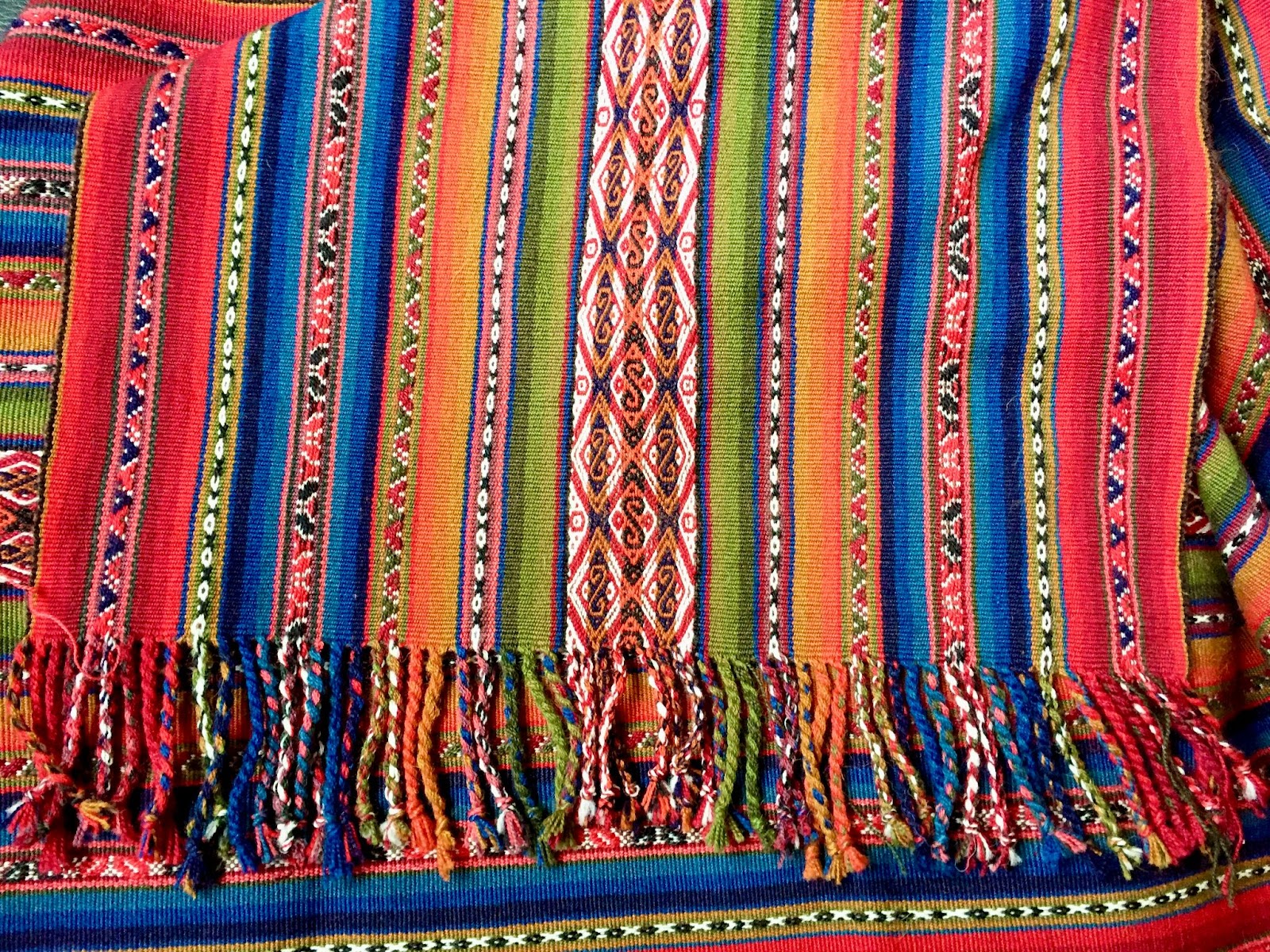
The museum was new since Mery’s previous visit, and she listened carefully as the women explained the exhibits to her. Before we left, she shared some suggestions for how to guide visitors through the museum.
On the way back to Cusco, Mery told me how much it meant to her to see the museum. She was so happy that in her absence the women were creating new ways to teach their culture to visiting tourists. Her efforts to coach them had paid off, and they no longer needed her as much. It’s time for her to figure out what her next project in the rural villages of the Andes will be.

